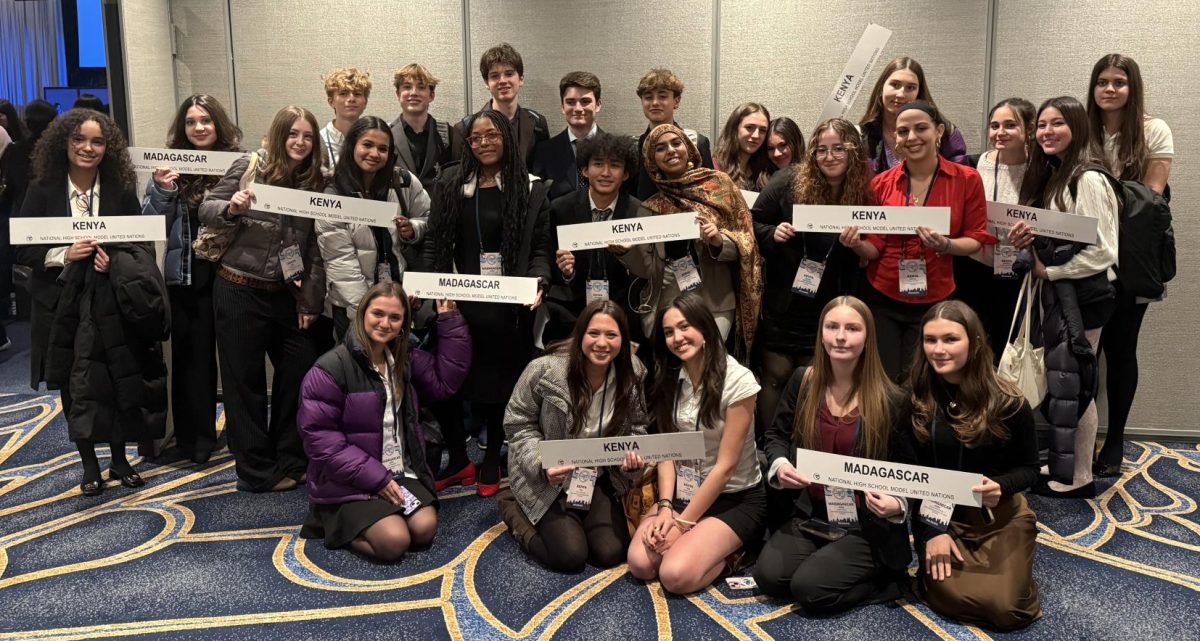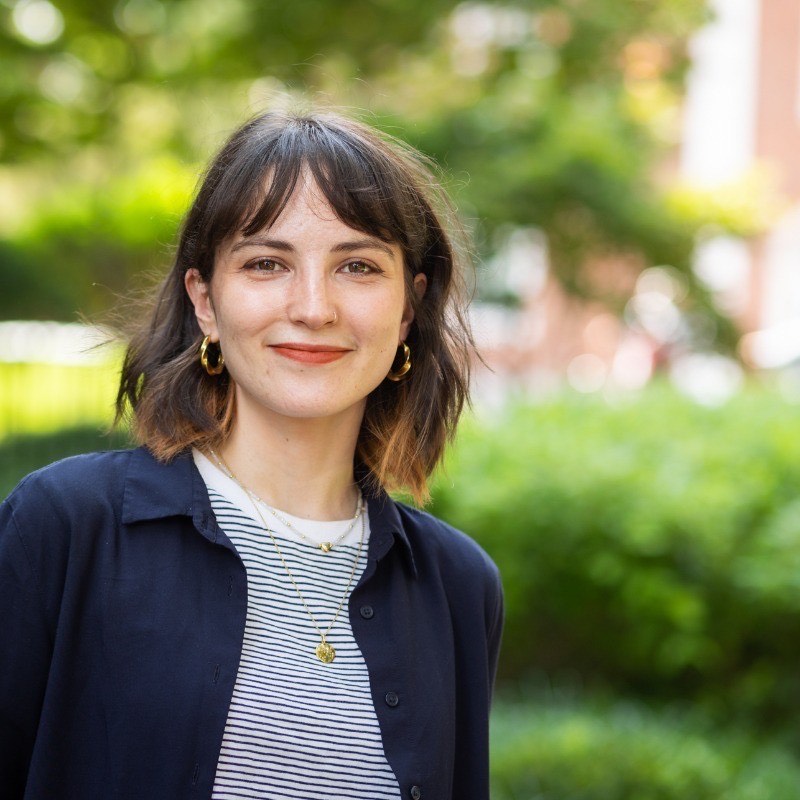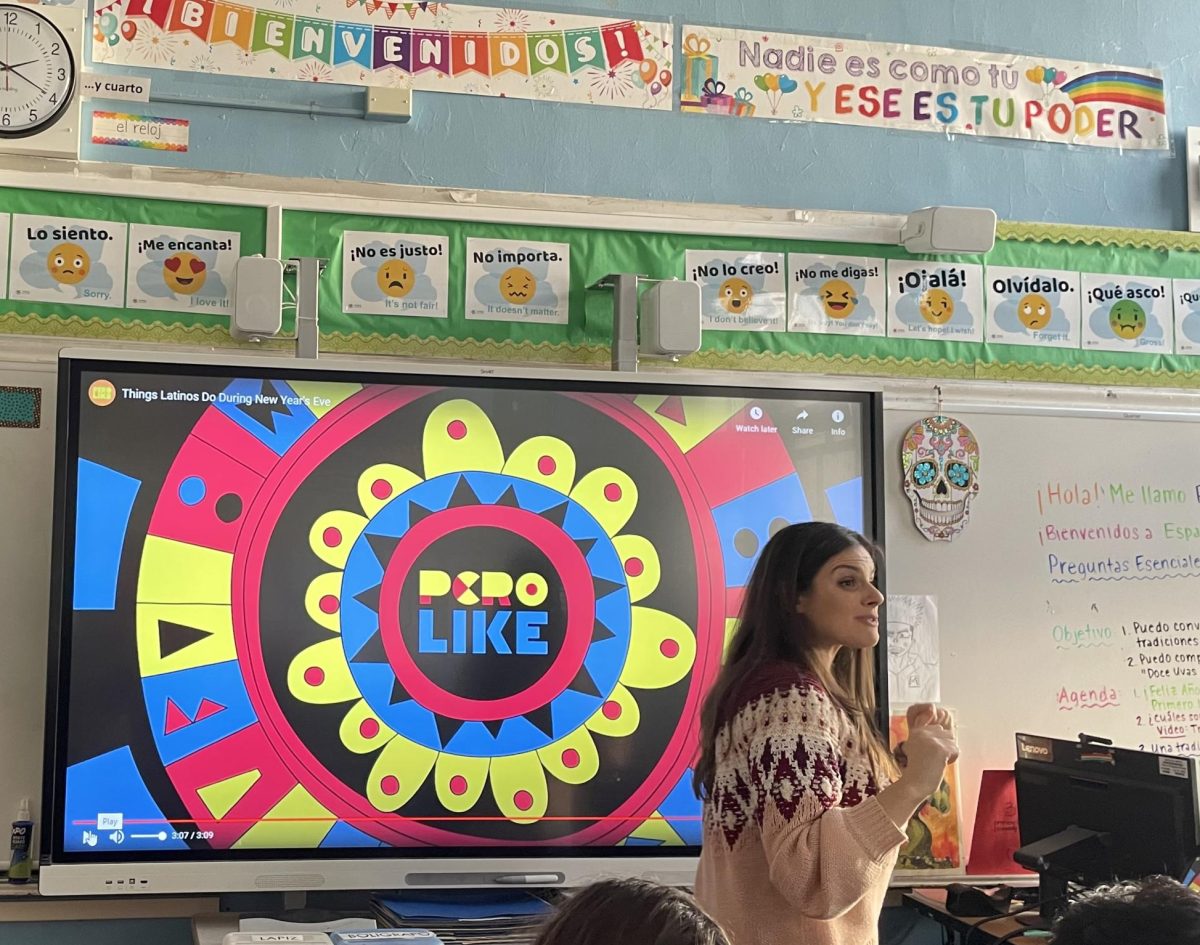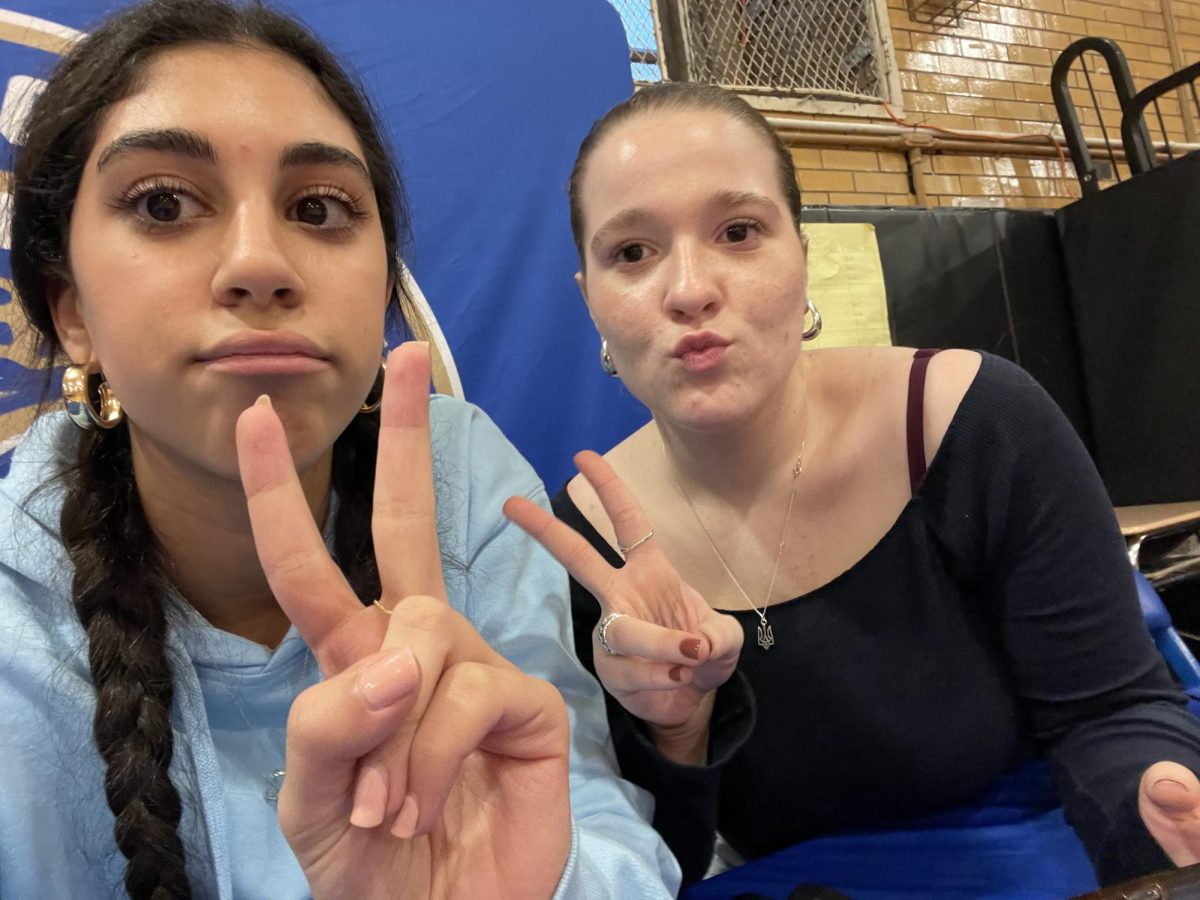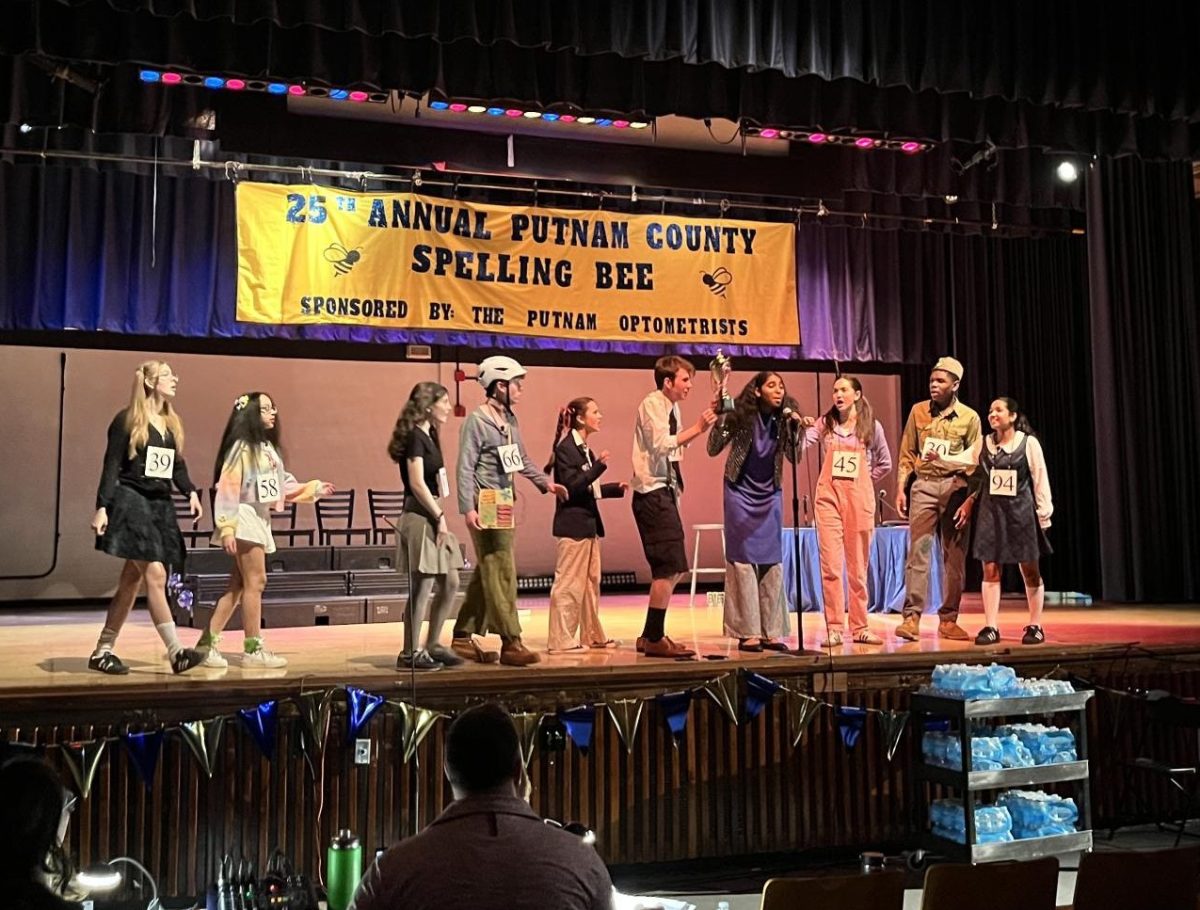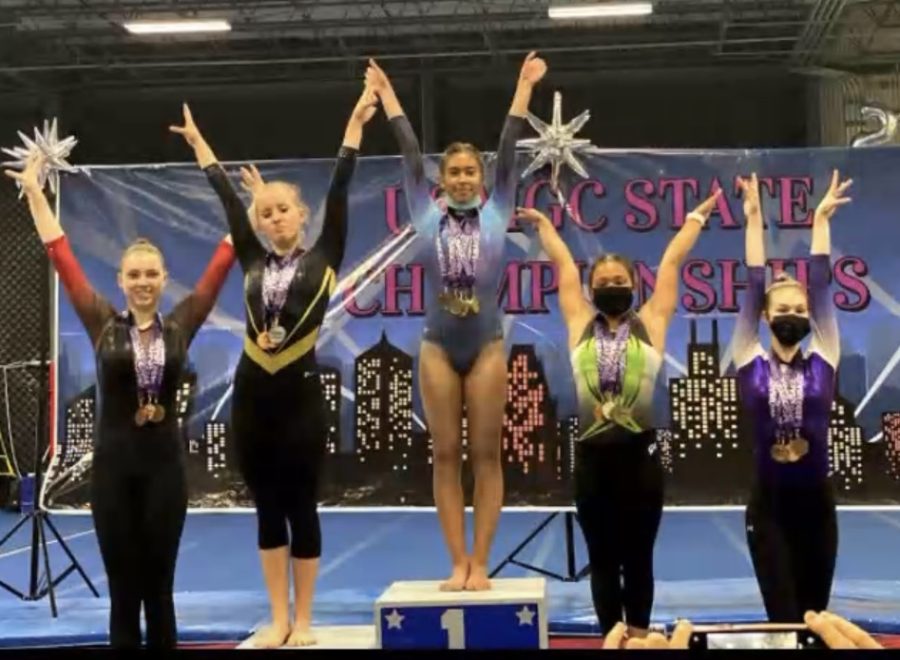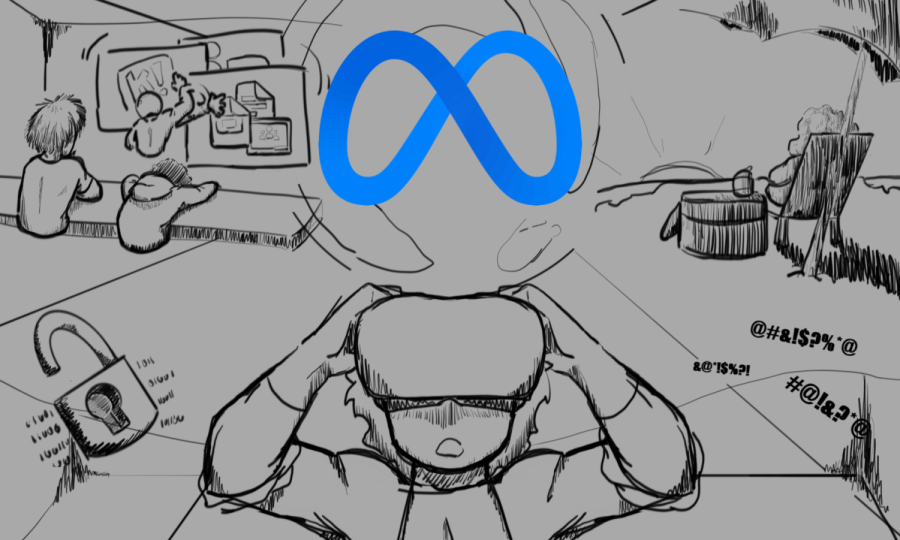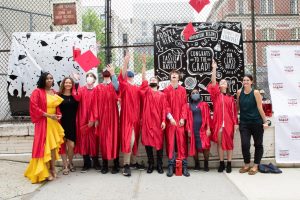Millennium Hybrid Attendance Outstrips the City As A Whole
February 22, 2021
The world–and life as we knew it–drastically changed when the deadly Coronavirus appeared in our neighborhoods last Spring. On March 13, 2020, New York City schools closed as our city attempted to slow the spread of the virus. And teachers and administrators were forced to switch almost overnight to virtual learning.
During the new school year, Millennium Brooklyn High School students (as well as New York City students citywide) had the option to elect into fully remote learning or hybrid learning, which is a combination of online school and in-person instruction. The decision-making process on which option was best varied from student-to-student and family-to-family depending on their lives outside of school. And scheduling had to be completely altered in order to support both remote and hybrid learning.
After interviewing assistant principal, Mr. Franklyn, I came to learn that MBHS started the school year off with “around 42% remote” learning and subsequently increased to “about 48% remote” (as of the interview date, in December). Of course, these numbers reflect the choices students and families had made before high schools were officially shuttered in November. According to Mr. Franklyn, “city-wide [remote attendance] is about 52%.” So Millennium’s figures are a flip of the city’s, with 52% opting into blended learning and 48% students choosing fully remote instruction. Mr. Franklyn noted that “for the blended learning were a little higher than what the city average is and for the remote learning were a little under what the city average is.”
A trend that Mr. Franklyn observed was that the change in numbers seemed to reflect what was “happening with the positivity rate in the individual communities.” He also noted that “some kids ended up opting in late because a family member was more at risk since the school year started. Some kids, it’s a matter of helping take care of younger siblings that need to be home.” There did not appear to be a trend as to why students opted into remote learning or opted out; “reasons change,” as Mr. Franklyn explained.
Given the changing statistics, I wondered how Mr. Franklyn, who is the lead person in charge of Millennium’s programming, worked with faculty members to design the schedule to fit the new school year. I asked him if he got inspiration from other schools to guide the process. He responded that he “did not look at what other schools were doing,” but that the chancellor gave schools different models to choose from to busy their schedules on. Mr. Franklyn described these models as “guidelines” to help school programmers ensure that the “entire school population [will not be] coming to school on any given day”.
Mr. Franklyn said that “we chose one of those models…and submitted that to get it approved. And from that, we decided what makes sense on how to group our kids.” This grouping depended on how many students from each grade were coming into the building. For example, Mr. Franklyn pointed out that most 9th grade students “opted into blended learning and for grade 12, a lot less opted to come in…It made sense to [group freshmen and seniors] for attendance. And then grade 10 and 11 sort of balanced out.” These are the sort of things that Mr. Franklyn and fellow planners looked at in order to make the schedule “manageable.” He noted that they had to consider “who would be the teachers teaching” on given days. They also had to consider who would be serving on the 9th-grade advisory team.
Finalizing a schedule in a normal year is a complicated puzzle, but this year presented an even greater challenge. Proportional representation of students by grade, course preferences–“those are the kind of factors that we consider to figure out what’s the best way to group the kids,” says Mr. Franklyn. “[Then] it was just a matter of getting the class sizes back to about fifteen kids per section so the kids could be in-person learning with teachers in small classroom settings.” In addition, the MBHS program reduced the number of class meetings while extending the duration of each meeting. “So you know all your classes meet for synchronous learning for 80 minutes one time a week. That’s because the state set the amount of time that you are required to have kids in front of the teacher.”
Middle school students are scheduled to return to the classroom on February 25th. As of publication, it is unclear when and if New York City high schoolers will return to buildings for in-person instruction this year. But President Joe Biden is on the record asserting that is a priority for his administration to see students return to in-person learning as soon as possible, as long as safety precautions are met.
